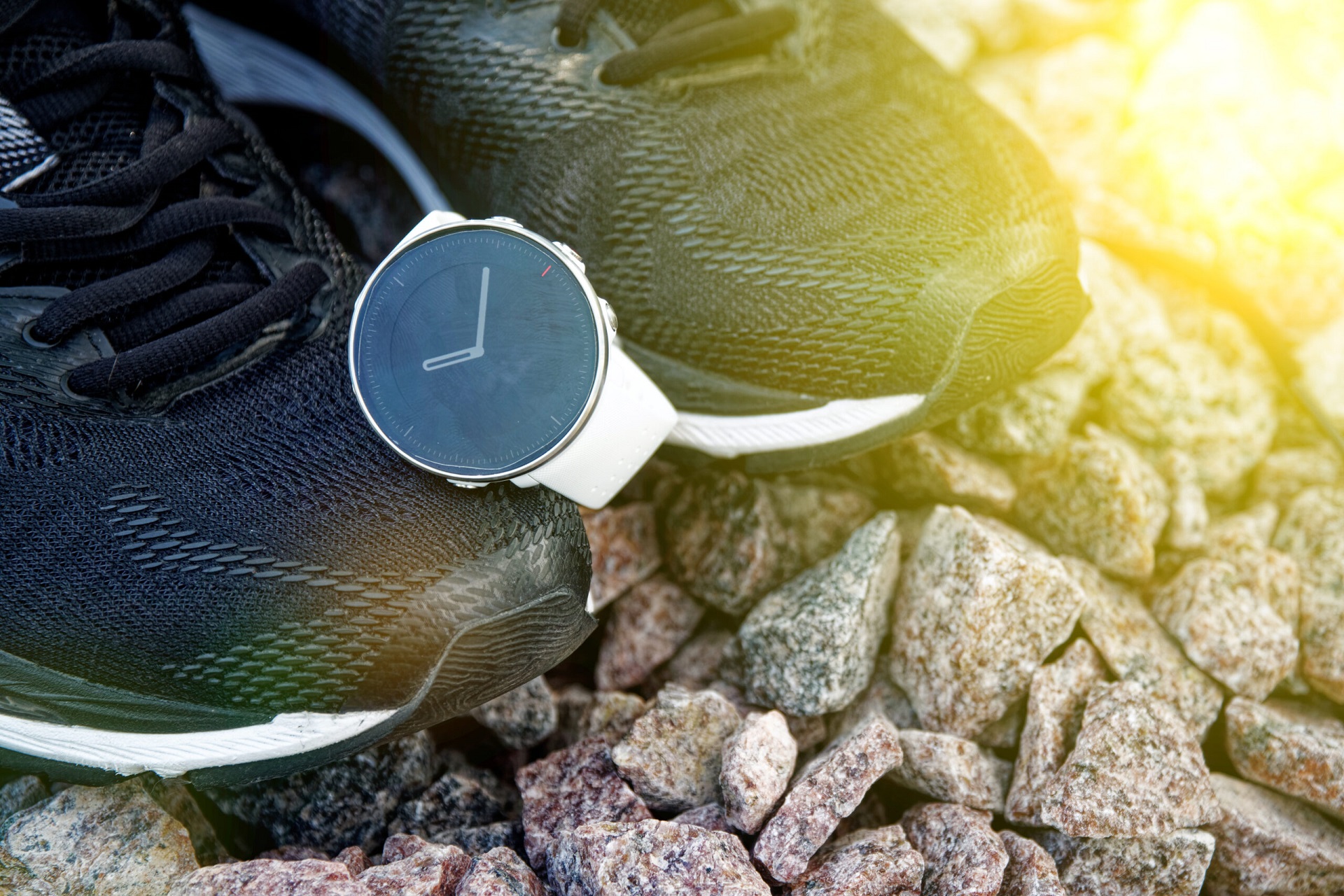March 26, 2024

Co-Founder of Synchronicity Brian Durbin tracks his Heart Rate Variability so that he can better adjust to stress and recharge during his everyday routine.
For Durbin, that means prioritizing sleep, scheduling creative work in the morning and taking regular meditation breaks.
“These strategies help maintain productivity over the long term,” he says.
What is Heart Rate Variability (HRV)?
“Heart Rate Variability (HRV) is the variation in the beat-to-beat cadence of your heartbeat,” explains Durbin. “Unlike resting or maximal heart rate, HRV is not used to assess heart health. Instead, it is used to assess the regulation of the autonomic nervous system and your overall response to managing your current conditions.”
In simpler terms, HRV gives us a window into how well our body can switch between “fight or flight” mode (sympathetic) and “rest and digest” mode (parasympathetic), Durbin says.
The Role of the Autonomic Nervous System
“The two branches of your autonomic nervous system, the sympathetic and parasympathetic branches, constantly influence your heart’s rhythmic pattern,” Durbin says. “When you are preparing for a big event or significant stressor, the sympathetic nervous system dominates. When you are relaxing on the beach, the parasympathetic branch slows things down, allowing you to replenish and restore.”
The Rise of Wearable Technology
Thanks to advancements in wearable technology like Apple watches, Oura rings and Whoop bands, monitoring HRV has become more accessible than ever.
“As a result, HRV has become popular as a variable of interest in measuring our overall readiness,” Durbin points out. “This interest in measuring the readiness of the mind and body has grown beyond professional athletes and organizations to everyday people.”
Balancing Stress and Recovery
“Using HRV to assess, learn and adjust state anxiety, the temporary feelings of stress or worry that usually come up in response to certain situations, can be informative and useful,” Durbin says. “It’s like pressing the gas pedal without using the brake, causing you to lose control of your vehicle.”
Companies like HeartMath offer biofeedback solutions to improve HRV and overall well-being.
“Their products and services use biofeedback to improve physical, mental, emotional and spiritual well-being,” Durbin notes. “Over time, you can better understand your real-time physical, mental and emotional states, allowing you to adjust when necessary.”
Personal Insights and Recommendations
“In the past few years, I’ve been using a fantastic app called Welltory to collect my personal HRV data,” Durbin says. “By understanding how my body and mind react to various stressors, I can incorporate systematic measures to recharge myself in my daily routine.”
These strategies include prioritizing sleep, scheduling creative work in the morning and taking regular meditation breaks.
“These strategies help maintain productivity over the long term,” he adds.
Final Thoughts
“Measuring HRV is a fascinating and valuable topic for those striving to improve their health and well-being,” Durbin concludes. “As technology advances, we will better understand our unique physical, mental, and emotional states and be able to modify them both in the moment and over time.”
For those interested in optimizing their health and performance, Durbin encourages reaching out to the staff at Synchronicity.
“Our programs and amenities can have a significant impact on your well-being and performance,” he assures.